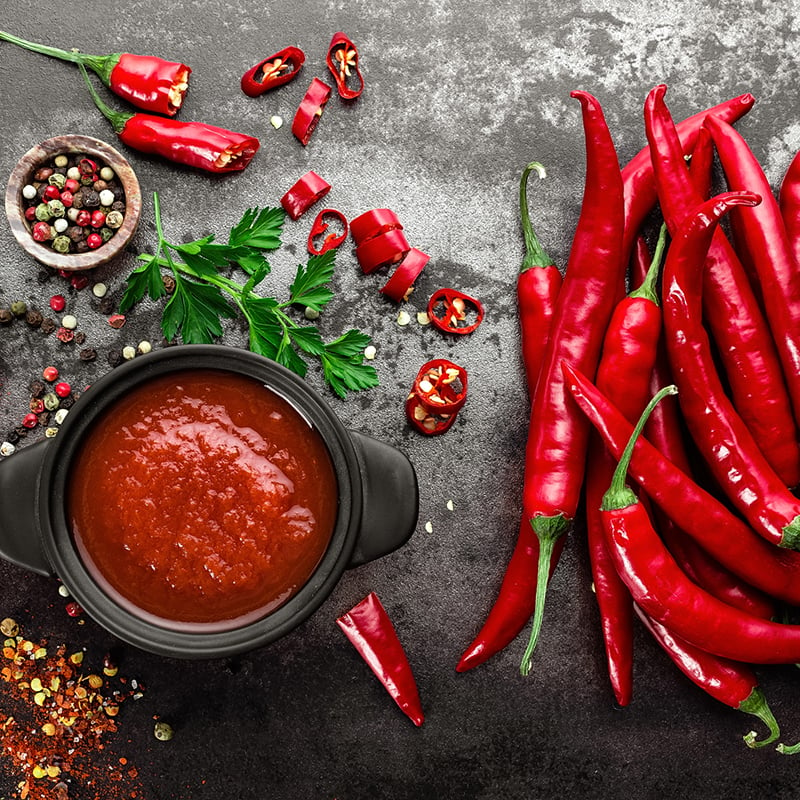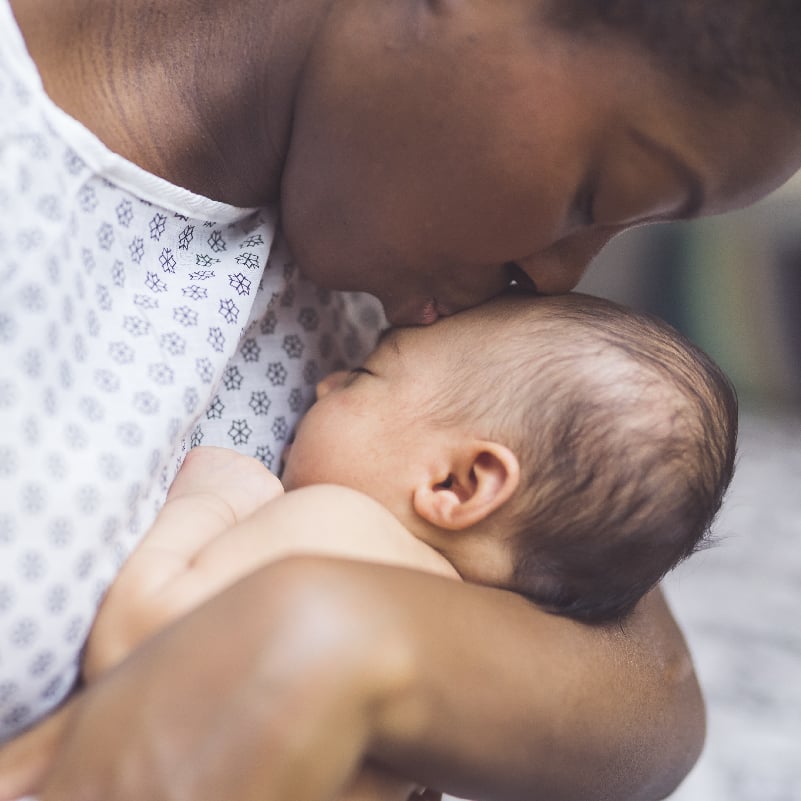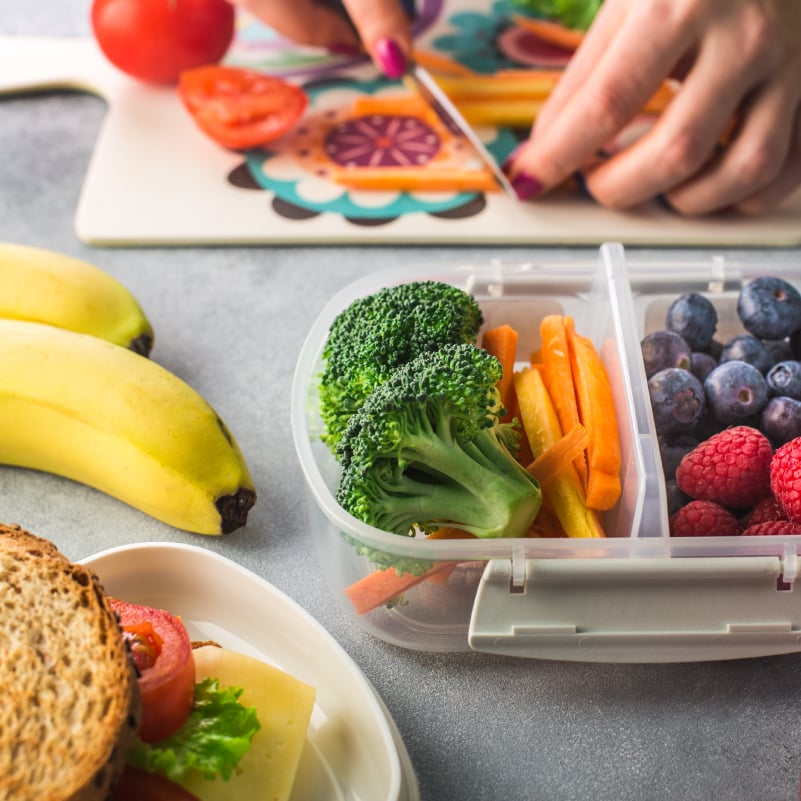Summer is wonderful for many reasons – one of which is getting together with friends and family outdoors to enjoy food and drinks together.
After everyone has eaten and the food is still sitting out, you may be wondering at what point it is still safe to add another helping of macaroni salad to your plate – or if the burgers and hot dogs need to be put into the refrigerator.
We have answers to some of the most common questions about food safety when it comes to outdoor picnics.
The right temperatures for cooked meat
If you are firing up the grill, oven, or griddle to cook meat, you’ll want to ensure it is cooked all the way through so any foodborne bacteria is dead and everything is safe to eat.
Here are some of the most common meats and their temperatures:
- Hot dogs: 140°
- Steak, chops, or roasts: 145°
- Fish, shrimp, and other seafood: 145°
- Hamburgers and other ground meats: 160°
- Turkey burgers and other ground poultry: 165°
- Chicken breasts, wings, and other poultry: 165°
How to handle summer picnic foods safely
Sharing meals together outside is a great way to enjoy time with family or friends. No one wants to leave a gathering feeling ill because a food-related illness, so keeping your food at a good temperature is key.
The popular phrase when it comes to having food outdoors is “keep cold food cold and hot food hot.”
Cold foods
Before it’s time to eat, keep any cold dishes in a cooler or refrigerator to ensure they stay safe to eat. If possible, place serving dishes directly on ice to maintain the cool temperature.
Avoid letting your food get above 40° for more than two hours. If the temperature outside is more than 90°, that window of time shrinks to one hour. After that period of time, foodborne bacteria start to multiply more rapidly and increases your risk of illness.
If you are bringing fresh fruits or vegetables, rinse them off in your sink and dry them off with a clean towel before packing them. Fruits and vegetables in pre-packaged containers labeled as “washed” or “ready to wash” are fine to bring as they are.
Hot foods
As with keeping cold foods cold, hot foods are best kept hot. The USDA recommends keeping hot foods at 140° or above.
For grilled meats, putting them to the side of the grill rack can keep them at a higher temperature without overcooking them. Hot dishes like baked macaroni & cheese or casseroles can be put in insulated containers until serving time.
Similar to cold food, avoid letting your food getting below 140° for more than two hours – or one hour if the temperature outside gets above 90°. After that amount of time, foodborne bacteria start to multiply more rapidly and increases your risk of illness.
Safe food preparation and clean up
When putting food and drinks out or cleaning them up, the four basics of food safety are: clean, separate, cook, and chill.
Clean hands and surfaces often, using warm soapy water as often as possible.
Separate raw meat from other foods; germs and bacteria can be transferred to cooked meat or other foods.
Cook to the right temperature.
Chill food promptly in a refrigerator









